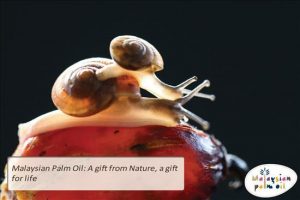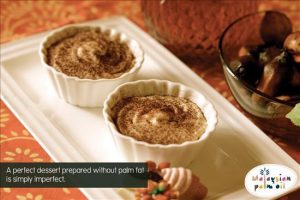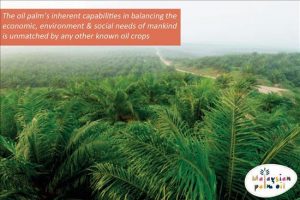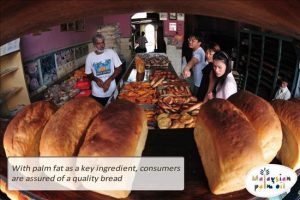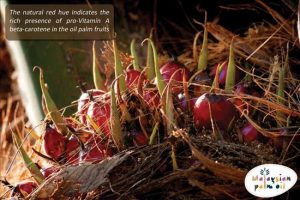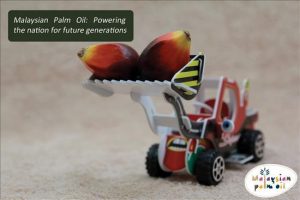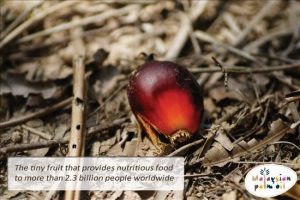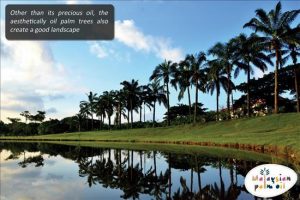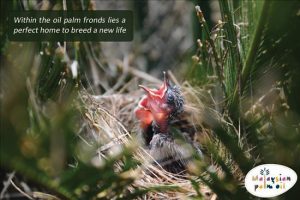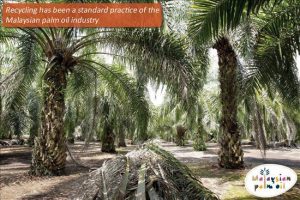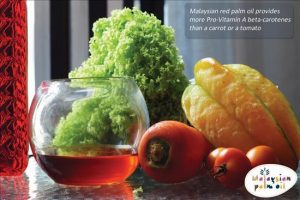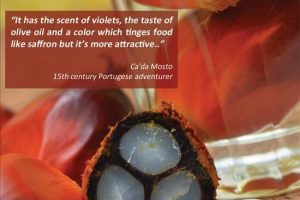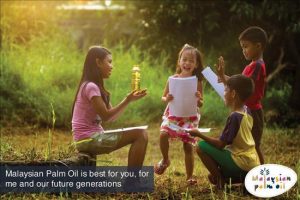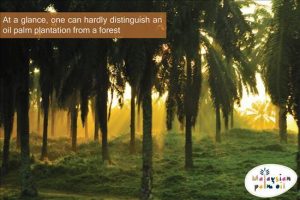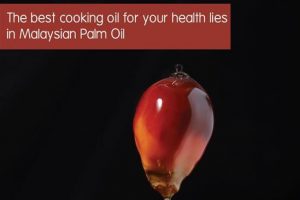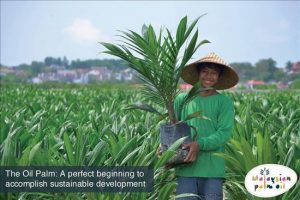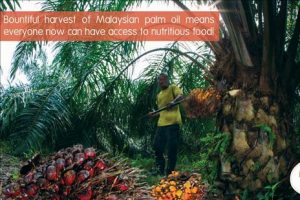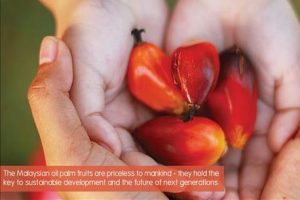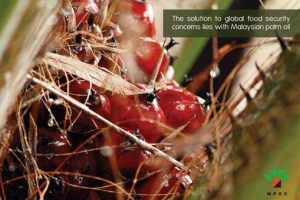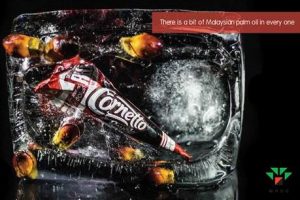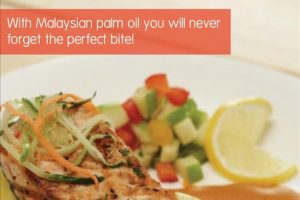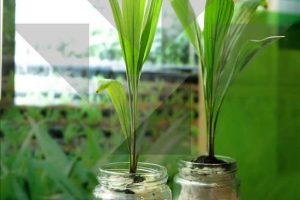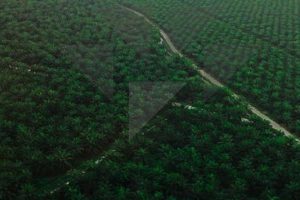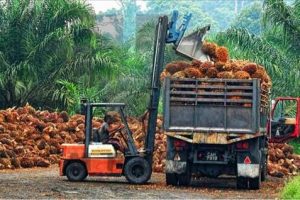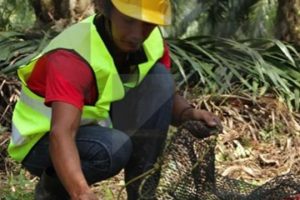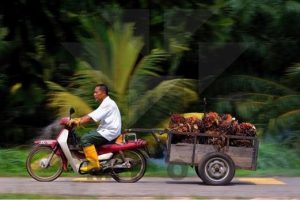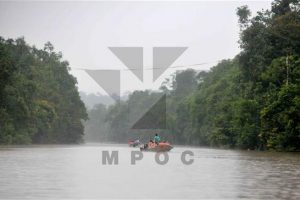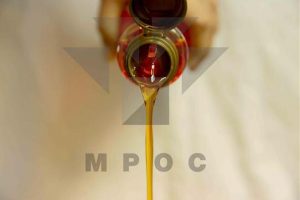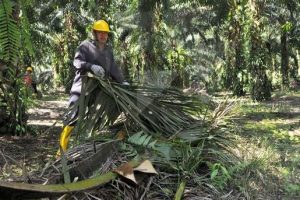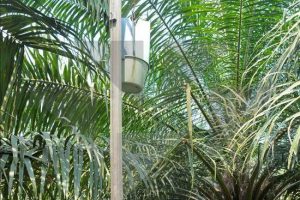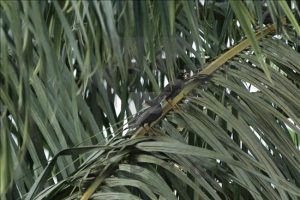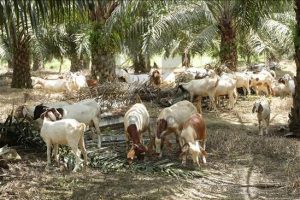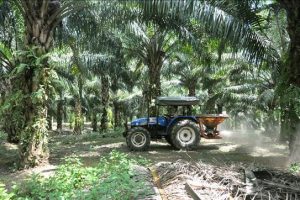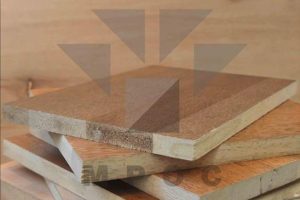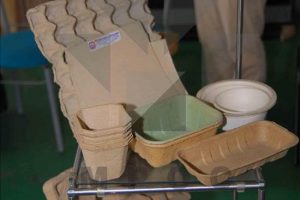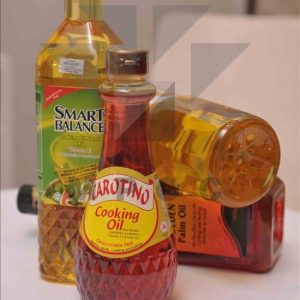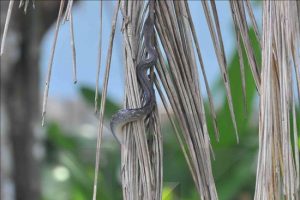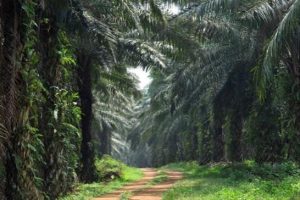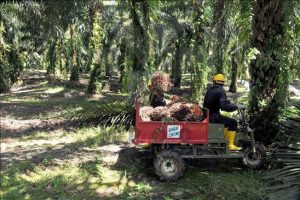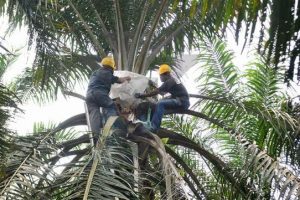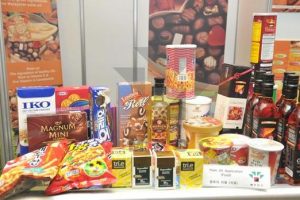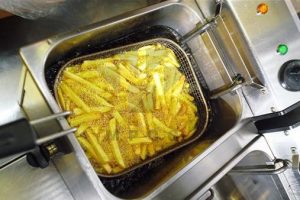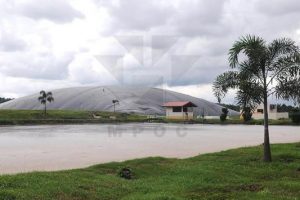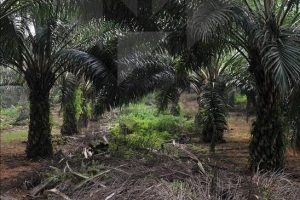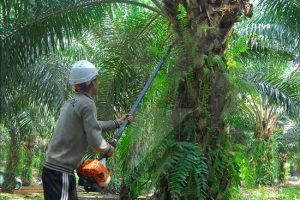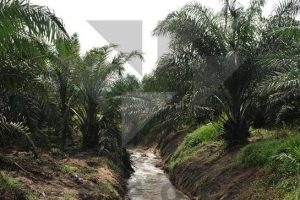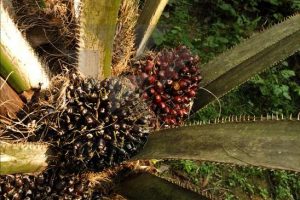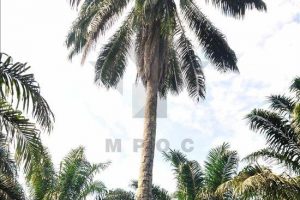2016
2015
2014
2013
2012
2011

December 2011
Conservation of the environment, forest and biodiversity is a major concern of the Malaysian palm oil industry. The Malaysian Palm Oil Wildlife Conservation Fund (MPOWCF) has been established to provide funding for studies or projects that benefit the environment, forest and biodiversity for future generations.
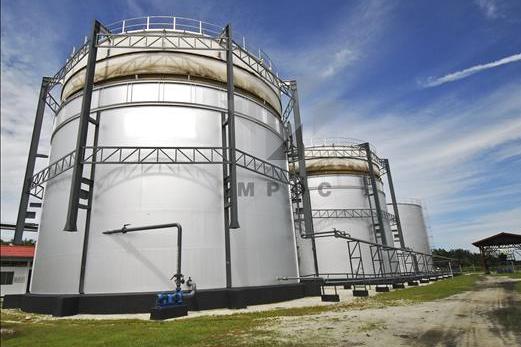
November 2011
The Malaysian palm oil industry supports environmentally-friendly practices for example palm oil mills actively use technologies to trap methane. A picture above shows methane-filled storage tanks owned by a palm mill operator.
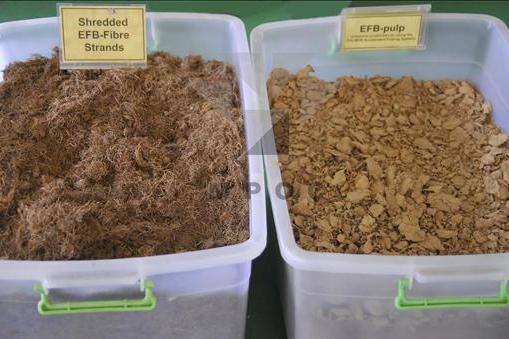
October 2011
Two value-added products that can be derived from oil palm’s biomass are fiber and pulp, which are used to produce medium-density fiberboard and paper, respectively. The picture above shows fiber and pulp derived from oil palm’s empty fruit bunches (EFBs).
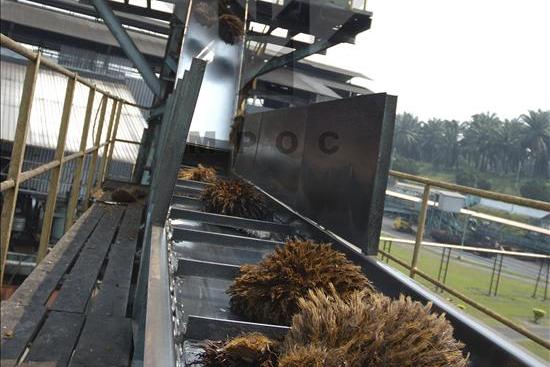
September 2011
Empty fruit bunches have several useful applications. They can either be used as fuel in the palm oil mill; further processed to produce fibers or simply recycled back to the soil. All these applications add value to the industry.

August 2011
Recycling is common within the palm oil industry. It helps save the environment and the use of inorganic fertilizers. Here a worker is seen recycling nutrient-rich palm oil mill effluent (POME) back to the soil.
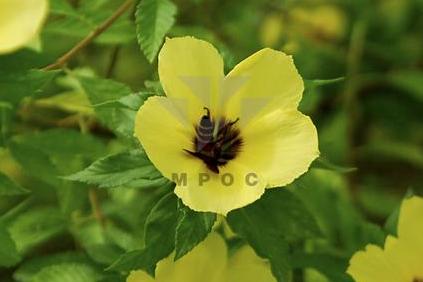
July 2011
An oil palm field is an ecosystem of its own. Within the plantation, a variety of creatures can be easily identified. This bee was captured on a flower of cassia cobanensis, a beneficial flowering plant commonly planted in oil palm plantations.
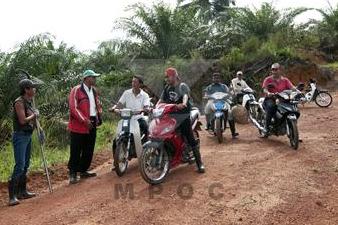
June 2011
Quality control is important to ensure Malaysia produces only palm oil of high quality. This includes scheduled checks for diseases in oil palm fields. Here a research officer is seen getting feedback on the conditions of the oil palm trees from a group of plantation workers.
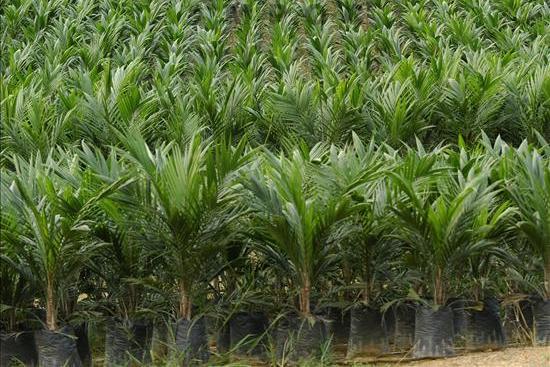
April 2011
At the nursery, the Tenera seeds are cultivated in polibags and cared for every day until it reaches 36 months. Those that show abnormalities during this period are discarded. This practice ensures that only the correct seedlings are finally planted in the field.

March 2011
After pollination of Dura and Pisifera flowers, Tenera seeds are produced. The seeds are then processed and carefully selected for breeding. Only quality Tenera seeds finally make way to the nursery.

February 2011
The introduction of an insect called ‘weavil’ across oil palm plantations effectively increases the rate of pollination, resulting in improved production of fresh fruit bunches.
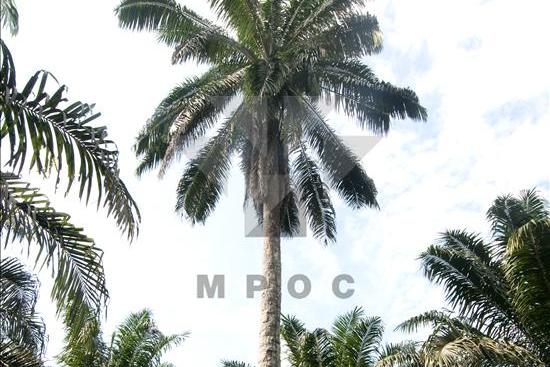
January 2011
The oil palm species commonly planted in Malaysia is tenera, a cross between Dura and Pisifera. It is therefore important to always keep these ‘parent’ palms so that Tenera seeds can be made available all the times. A picture here shows a Dura tree in an oil palm field.
2010
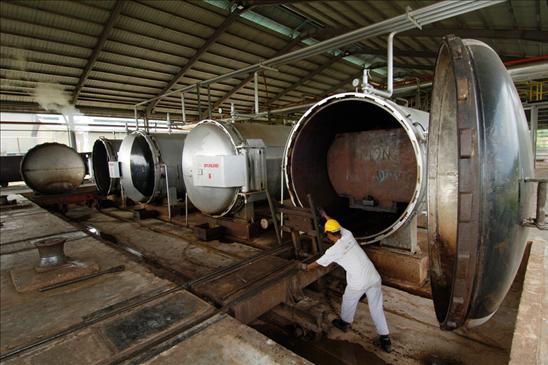
December 2010
In the mill, the first step of extraction of crude palm oil is sterilization of FFBs. Here, FFBs are sterilized using steam in large pressure cages
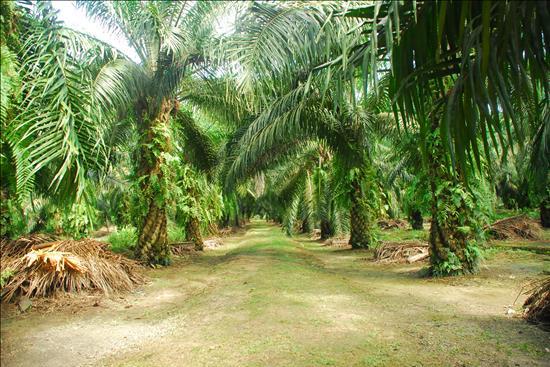
November 2010
Recycling of pruned fronds is a standard practice to replenish nutrients in the soil. This helps reduce the use of inorganic fertilizers in oil palm plantations.

October 2010
Pheromones is another method applied in an oil palm field is to trap rhinoceros beetles. A worker is seen here adjusting a pole holding a basket filled with pheromones

September 2010
Flowering plants have a special purpose in an oil palm field. They attract ‘predatory’ insects to the field to prey on oil palm pests
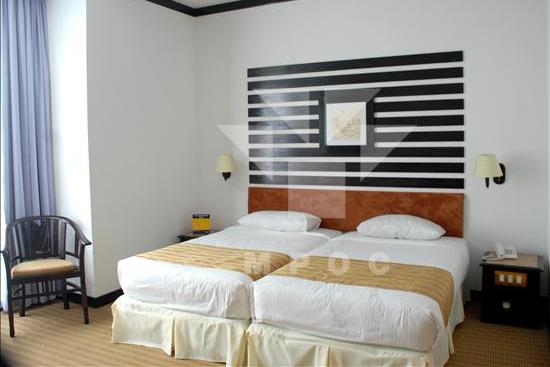
August 2010
Palm-based furniture offers a comparable quality as that of wood-based furniture. This room has both palm and wood-based furniture inside.

July 2010
Barn owl is reared as a biological control to reduce population of rats in an oil palm field.
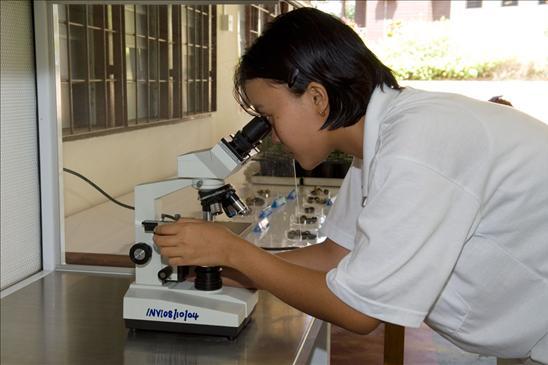
June 2010
As oil palm is perennial, quality control at the early stage of planting is crucial. This is to ensure that only high quality oil palm trees are grown.
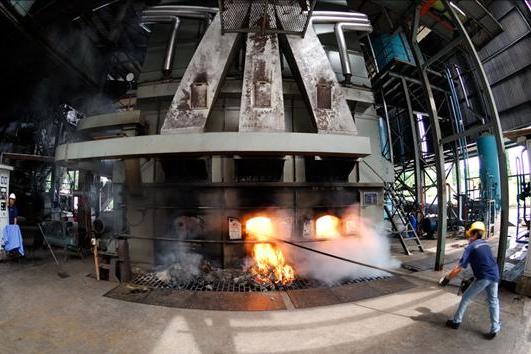
May 2010
Empty fruit bunches and palm fruit shells can be used as fuel to generate heat and electricity in a palm oil mill. In certain parts of Malaysia, excess electricity generated by palm oil mills is supplied into the national gridlines.
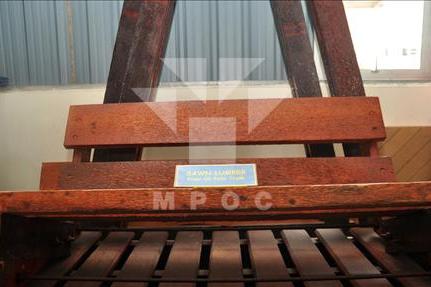
April 2010
Lumber from oil palm can be processed to produce furniture as value-added product. This enables the palm’s carbon to be permanently stored in the furniture, thus help mitigate climate change effect.
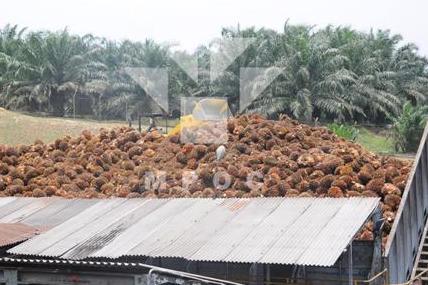
March 2010
A common sight at an oil palm mill. A tractor is seen pushing FFBs at the background.

February 2010
An efficient transport system is critical to transfer harvested FFBs immediately to a mill.
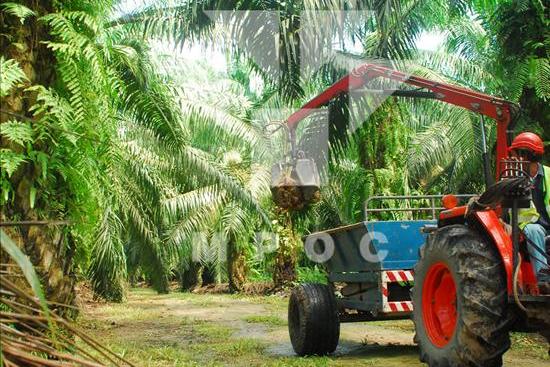
January 2010
Mechanization is a way forward to increase productivity while reducing operational costs in oil palm plantation.
2009

December 2009
A trained worker knows the right time to harvest FFBs. This ensures the quality of palm oil is not affected.

November 2009
Extensive R&D has resulted in a creation of a ‘dwarf’ oil palm. This clone gives the same level of productivity, if not higher, and makes harvesting of FFBs much easier.

October 2009
The flowering plants planted along an oil palm row is a common feature in a plantation. These plants help reduce use of pesticides by providing home to predatory insects, which prey on oil palm’s pests.
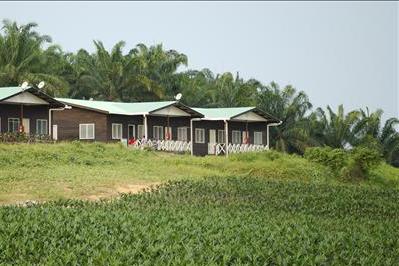
September 2009
Oil palm estate provides not only employment but also proper housing facility to its workers. This is one example of many corporate social responsibilities the Malaysian palm oil industry is offering to its employees.
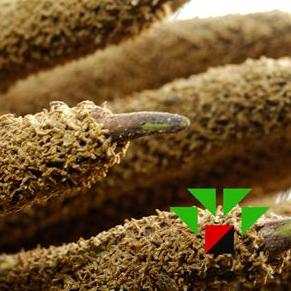
August 2009
Oil palm is a monoecious crop, meaning that it bears both male and female flowers on the same tree. This picture shows a healthy male flower of oil palm.

July 2009
The flowering plants planted along an oil palm row is a common feature in a plantation. These plants help reduce use of pesticides by providing home to predatory insects, which prey on oil palm’s pests.
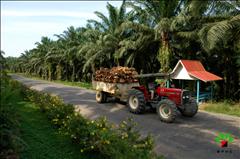
June 2009
Oil palm’s fresh fruit bunches (FFBs) have a high content of oil. It is thus necessary to process FFBs immediately after harvesting to reduce build-up of free fatty acids, which affect the quality of its oil. A tractor is seen here to transport FFBs to an oil palm mill.
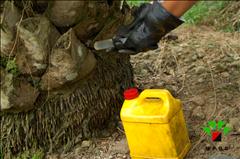
May 2009
Basal Stem Rot (BSR) disease caused by Ganoderma boninense is the most destructive disease in oil palm. If left unchecked, it can destroy thousands of oil palm stands in a very short period of time. A worker is seen here injecting a biofungicide to heal a BSR-affected oil palm tree
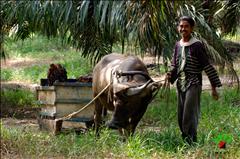
April 2009
Cost-effective measures are common in an oil palm field. Whenever possible, use of fossil fuels is minimized. A happy-looking worker is seen here guiding his buffalo to deliver FFBs to a pick-up point
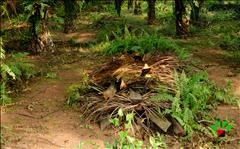
March 2009
One would think that pruned fronds are useless but not so in an oil palm field. Here, pruned fronds are recycled in-situ to return nutrients and biomass to the soil thus help reduce use of chemical fertilizers
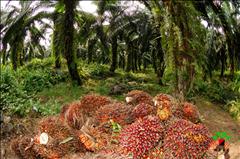
February 2009
Returns of investment in good plantation practices (GAPs) can be in a form of higher tonnage of high-quality FFBs. These harvested high-quality FFBs are gathered at a pick-up point before being transported to a nearby mill

January 2009
Oil palm seedlings are consistently nurtured to ensure their health and quality. This is a crucial step to ensure a high productivity of the trees when harvesting
2008

December 2008
Empty fruit bunches and palm fruit shells can be used as fuel to generate heat and electricity in a palm oil mill. In certain parts of Malaysia, excess electricity generated by palm oil mills is supplied into the national gridlines

November 2008
Workers in an oil palm estate are provided with basic amenities including free proper healthcare. A female worker here is seen receiving a medical treatment at a clinic in an oil palm estate.
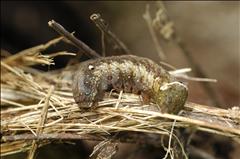
October 2008
Rhinoceros beetle is a major pest of oil palm and its populations need to be consistently controlled to avoid damage to oil palms. The picture above shows a larve of rhinoceros beetle found in an oil palm estate.
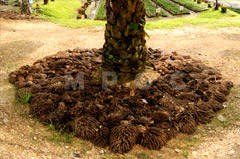
September 2008
Recyling of biomass is a standard practice in an oil palm plantation. The picture above shows empty fruit bunches being recycled around an oil palm tree.
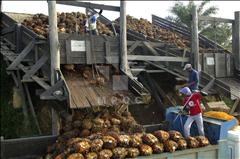
August 2008
"After harvesting, FFBs should be transported immediately to a mill to be procesed immediately. This is crucial to preserve the good quality of crude palm oil. Here workers are buzy unloading the FFBs upon arrival at a palm oil mill"

July 2008
"An excavator felling an old stand in an oil palm plantation in Sabah, Malaysia. The shredded stands and fronds are seen in the background"
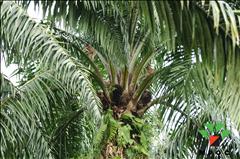
June 2008
"Inarguably, oil palm plantations provide shelter and food to animals. This pair of wild monkeys caught socializing on a camera helps lengthen the list of animals found in oil palm plantations."
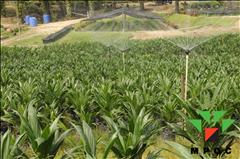
May 2008
"Oil palm seedlings are regularly nurtured in a well-maintained nursery. After 12 to 18 months, only the best selected batch will finally make it to the plantation fields "

April 2008
"In every hectare of oil palm, a pole holding a biological trap is put in place. The trap is filled with 'pheromones' a chemical that acts to attract rhinoceros beetle - an oil palm's pest"
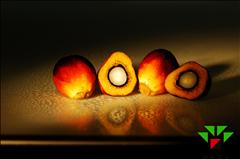
March 2008
"The beauty of palm oil lies in its fruits. A single palm oil fruit gives two different types of oils; palm oil from its flesh mesocarp) and palm kernel oil from its seeds (kernel).This characteristic makes oil palm an efficient oil crop"

February 2008
"On average, a hectare of oil palm field accomodates 136 - 160 trees"
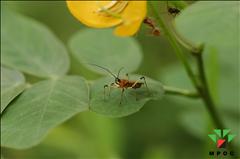
January 2008
"The 'beneficial' predatory insect seen guarding its host from intruding enemies are commonly found in an oil palm plantation "


